12+ Fascinating Things That are 1 Foot Long
Before discussing things that are 1 foot long, we have to answer the question “How long is a foot?” This basic question may appear straightforward, but it leads to understanding one of the globe’s most popular measurement tools that encircles our everyday life in innumerable ways.
How long a foot is becomes immediately evident when we see it precisely takes up 12 inches or 30.48 centimeters a uniform length resulting from centuries of human measurement development.
Understanding Linear Measurement in Historical Context
As we examine “how long is a foot,” we are able to find one of humanity’s most persistent measuring systems with roots from ancient civilizations. The system of foot measurement was first derived from the length of an actual human foot, and early Egyptians, Greeks, and Romans utilized body-based measurements for applied construction and trade.
One foot is defined by modern standardization as precisely 12 inches or 30.48 centimeters, but this was not always so throughout history. Medieval Europe had differences with a foot varying from 9.8 to 19.3 inches based on regional traditions and preferences of local authorities.
The Imperial system, including the foot unit, became standardized in Britain in the 1824 Weights and Measures Act and subsequently adopted by American colonies. Knowing how long a foot is becomes essential when imagining everyday items, architectural measurements, or making measurements comparisons between systems.
The exact definition of today provides international uniformity in science, construction, and engineering, thus making the foot a vital unit for professional and common measurements.
Fascinating Things That are 1 Foot Long
There are a lot of unexpected things that exactly measure one foot long and are ideal reference points for taking fast measurements. A typical laptop computer normally measures 12 inches wide from left to right, and most kitchen cutting boards are precisely one foot wide.
- Claw Hammer
- Vinyl Record
- Height of a Two-liter Soda Bottle
- Length of Two Samsung Galaxy Note 4
- A Standard Ruler
- Laptop Screen
- A Grill Tong or Spatula
- Frying Pan
- Forearm Length
- Cable Ties
- Piano Keyboard
- Standard Football
Claw Hammer
The standard claw hammer typically measures one foot from head to handle tip, making it another reliable reference point. This essential tool combines practical functionality with a consistent length that craftspeople have relied on for generations.
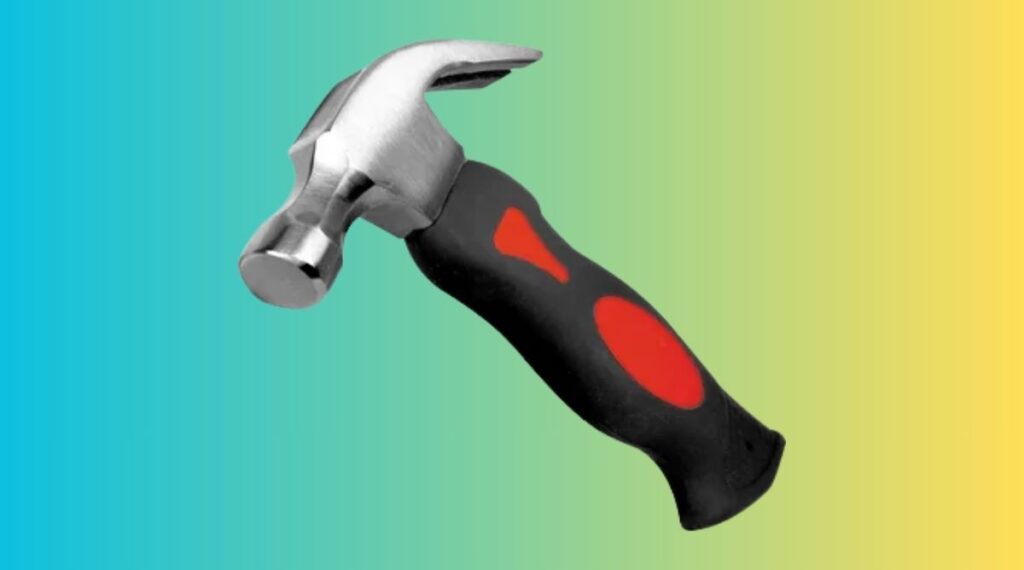
Professional carpenters and DIY enthusiasts alike benefit from this standardized length, which provides optimal leverage for nail driving and removal. The 12-inch length allows for comfortable grip while maintaining the force needed for effective use.
The hammer’s consistent dimensions across major manufacturers make it a dependable measurement reference in workshops worldwide. This standardization emerged from decades of ergonomic research and practical application.
Vinyl Record
The classic vinyl record provides a perfect circular representation of one foot, with its standard 12-inch diameter. This measurement has remained consistent since the early days of record manufacturing, making it a reliable reference point.
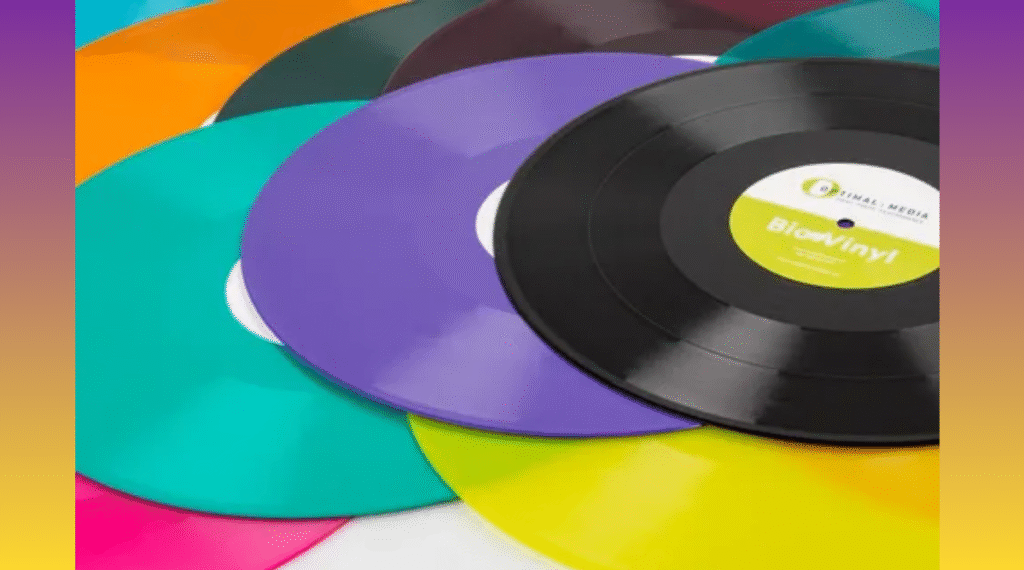
The size standardization of vinyl records played a crucial role in the development of playback equipment and storage solutions. Album covers, designed to protect these musical discs, also measure exactly one foot square.
This consistent measurement has influenced everything from record store shelving to home storage solutions, demonstrating how standardized measurements shape our everyday environments.
Height of a Two-liter Soda Bottle
The two-liter soda bottle stands as one of the most recognizable items measuring approximately one foot in height. This everyday container has become a standard in most households, making it an excellent reference point for measurement.

When placed upright, these bottles consistently measure around 12 inches from base to cap. This standardization comes from efficient manufacturing processes that ensure uniform size across different brands and products.
The bottle’s height makes it particularly useful for quick estimations during home projects or when arranging storage spaces. Next time you need to visualize a foot, just think of that two-liter bottle in your refrigerator.
Length of Two Samsung Galaxy Note 4
The Samsung Galaxy Note 4 provides another interesting measurement reference. Two of these devices placed end-to-end equal approximately one foot, as each phone measures about 6 inches in length.

This comparison proves particularly useful in our digital age, where many people have immediate access to their smartphones. Understanding device dimensions helps in selecting accessories and planning workspace arrangements.
Modern technology has given us these inadvertent measuring tools, making it easier to estimate distances in our increasingly connected world. The precision in smartphone manufacturing ensures consistent measurements across devices.
A Standard Ruler
The standard ruler represents perhaps the most widely recognized one-foot measurement tool. Found in classrooms, offices, and homes worldwide, it provides precise linear measurement capabilities.
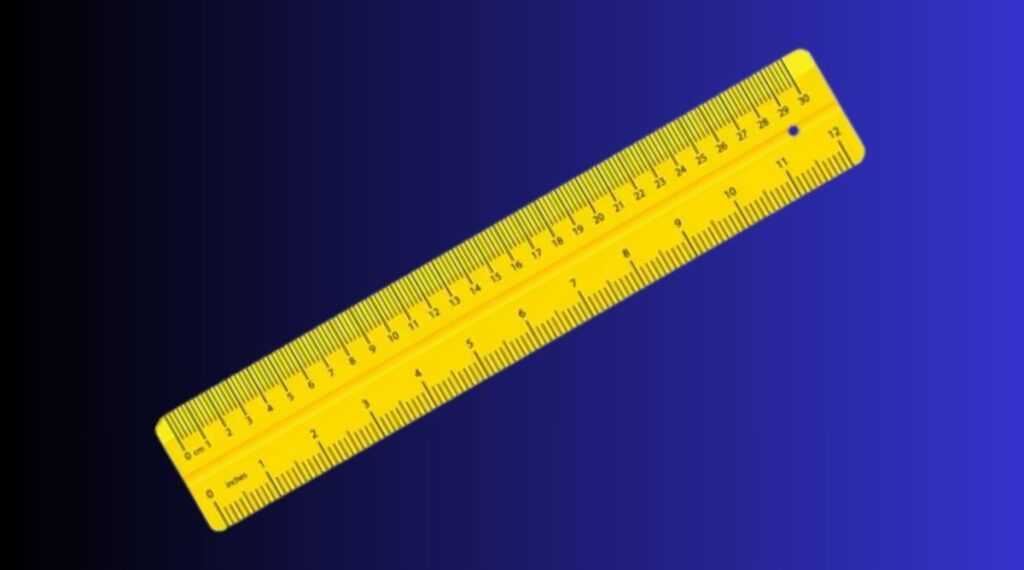
Modern rulers often include both imperial and metric measurements, typically showing 12 inches on one edge and 30.48 centimeters on the other. This dual-measurement approach helps users understand and convert between different measurement systems.
Educational institutions worldwide use these rulers as teaching tools, helping students grasp fundamental concepts in mathematics and measurement. Their durability and accuracy make them indispensable for both practical and educational purposes
Laptop Screen
Modern laptop screens come in various sizes, but many popular models feature displays measuring approximately 12 inches across the diagonal. This measurement has become a sweet spot for balancing portability with usability.
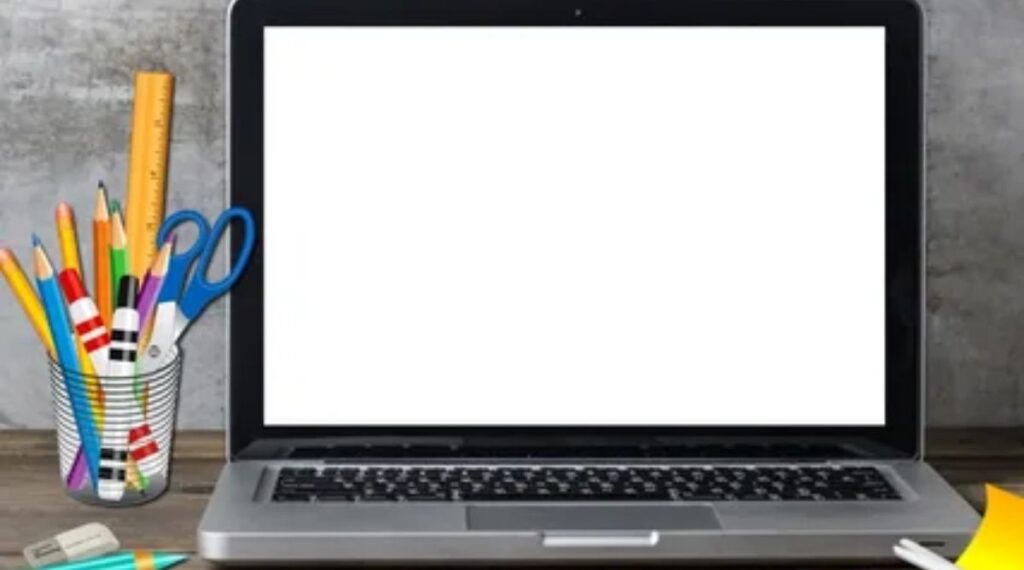
Understanding screen dimensions helps when selecting laptop bags, desk spaces, and accessories. While manufacturers often advertise diagonal measurements, the width of many laptop screens approaches one foot, making them useful reference points.
Screen size standardization has influenced the design of everything from laptop stands to protective sleeves. This consistency helps consumers make informed decisions about their technology purchases.
A Grill Tong or Spatula
Professional-grade cooking utensils like spatulas and grill tongs often measure approximately one foot in length. This standardized size emerged from decades of kitchen ergonomics research and practical experience.
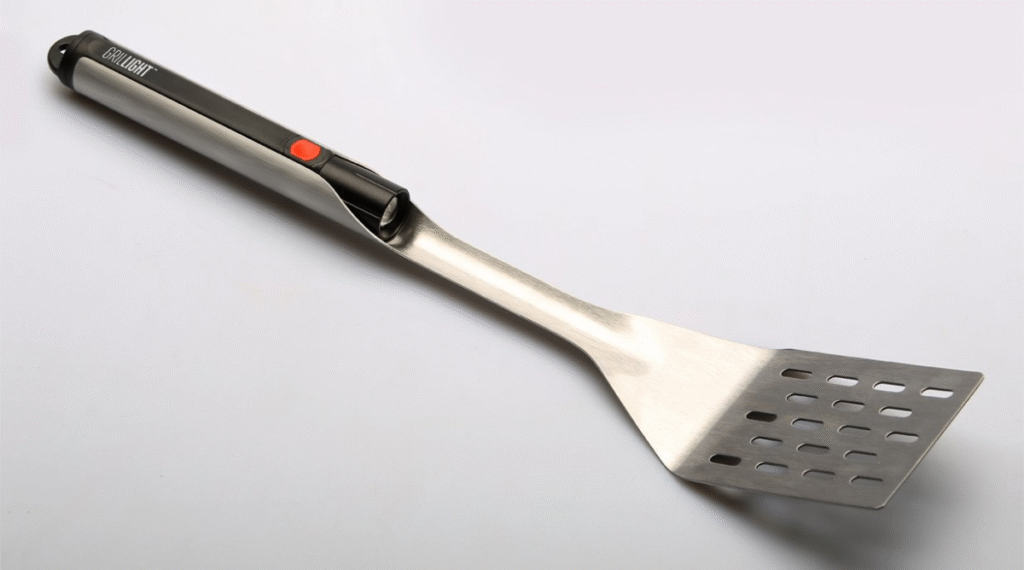
The 12-inch length provides optimal reach while maintaining control when cooking. This dimension keeps hands safely away from heat sources while allowing precise manipulation of food items.
These kitchen tools demonstrate how practical considerations influence standardized measurements in everyday objects. Their consistent length makes them reliable reference points for home cooks and professional chefs alike.
Frying Pan
The standard frying pan often features a 12-inch diameter, making it another common household item measuring one foot across. This size has become an industry standard for family cooking needs.
Professional kitchens and home cooks rely on these measurements for recipe scaling and storage solutions. The consistency in pan sizing helps with heat distribution and cooking efficiency.
Understanding pan dimensions helps in kitchen organization and meal planning. Many recipes specifically call for 12-inch pans, showing how these measurements influence culinary practices.
Forearm Length
While the traditional belief about an adult’s foot measuring 12 inches isn’t entirely accurate, your forearm length from elbow to wrist often comes surprisingly close to one foot for many adults.
This natural measuring tool has served humans throughout history, though individual variations exist. Understanding your own forearm length in relation to a foot can provide a convenient estimation method when other tools aren’t available.
In professional settings, particularly in fields like construction or design, knowing these body-based measurements can prove invaluable for quick estimates.
Cable Ties
Professional-grade cable ties frequently come in 12-inch lengths, offering versatile solutions for organization and bundling. These tools have become essential in both professional and home settings for managing cables and securing items.
The one-foot length provides enough material to bundle larger cable groups while remaining manageable for smaller tasks. This standardized size emerged from industrial applications but has found widespread use in home organization.
Manufacturing consistency ensures these cable ties maintain their utility across various applications. Their precise length makes them valuable for both temporary and permanent installation needs.
Piano Keyboard
The standard piano keyboard offers another excellent reference for one foot in length. A typical octave span on a piano keyboard, measuring from C to C, is almost exactly 12 inches or one foot in length, making it a precise musical measurement tool.
This standardization in piano construction dates back centuries and remains consistent across modern manufacturers. Professional pianists and music teachers often use this measurement as a reference point when discussing piano technique and hand positioning. The octave span’s relationship to one foot isn’t coincidental – it evolved from careful ergonomic considerations in instrument design.
Standard Football
The regulation standard football measures approximately 11 inches in length, slightly shorter than one foot. This specific size evolved through decades of game development and standardization.
Professional and amateur leagues worldwide rely on these consistent dimensions for fair play. The football’s near-foot length makes it an excellent reference point for estimating measurements in athletic contexts.
Understanding these sports equipment dimensions helps in field setup and training drill organization. The slight difference from a full foot demonstrates the precision required in sports equipment manufacturing.
Length of 1 Foot and Linear Measurement Standards
Understanding how long is a foot? is fundamental to modern industry precision, as linear measurement remains a cornerstone across sectors, with the industrial metrology market valued at USD 15.1 billion in 2024 and estimated to register a CAGR of 7.1% between 2025 and 2034.
The international foot is precisely defined as 0.3048 meters, establishing a standardized measurement unit that ensures consistency across global applications. From surveying to construction projects, accurate foot measurement forms the fundamental basis for mapping, architectural design, and various engineering applications.
The precision of these measurements directly influences project quality and operational efficiency, making comprehensive linear measurement knowledge indispensable for professionals and hobbyists alike.
Contemporary Applications and Integration
In today’s digital environment, comprehending linear measurement principles remains essential across diverse sectors. From DIY projects to professional construction applications, accurate measurement conversion knowledge ensures superior project outcomes and minimizes costly errors.
When professionals ask “how long is a foot,” they’re seeking the precise standard definition of 12 inches or 30.48 centimeters that forms the backbone of imperial measurement systems. The convergence of traditional measurement methodologies with advanced technology has established innovative precision standards.
Contemporary smart devices frequently incorporate sophisticated measurement tools that seamlessly combine classical units with digital precision capabilities, enhancing accuracy and accessibility for users across all skill levels. Whether determining how long is a foot in metric conversion or applying imperial units to modern applications, these technological advances support both novice and expert users.
Professional Standards and Measurement Standardization
Professional disciplines including architecture and engineering continue to depend on precise foot measurements and standardized linear measurement protocols. The standardization of measurement units facilitates international collaboration and ensures precise execution of complex projects across geographical boundaries.
Modern measurement systems support quality assurance initiatives while maintaining compatibility with established industry practices. Understanding exactly how long is a foot? (0.3048 meters) enables seamless unit conversion between imperial and metric systems in global construction and manufacturing operations.
This dual approach enables organizations to leverage technological advancement while preserving the reliability of proven measurement techniques that have supported successful project completion for generations. From building codes to architectural drawings, the consistent application of standardized foot measurement ensures construction accuracy and regulatory compliance across international markets.
Conclusion and Practical Application
From the claw hammer that coined the term “footlong” to the laptop screen that defined the measure itself, objects that are 12 inches exactly are all around us on a daily basis! Learning about these everyday 1-foot reference points makes it simple to approximate measurements.
Whether you are browsing for furniture, designing a garden, or just need to describe measurements to someone, these 12 examples work as ideal visual references. Teach kids about length, and conceptualize dimensions for projects.
The next time you have to approximate a foot of length, think of your laptop, that subway sandwich, or even your own foot you’ll have a ready measuring stick at hand. What else in your everyday life have you found that is 1 foot in size?







